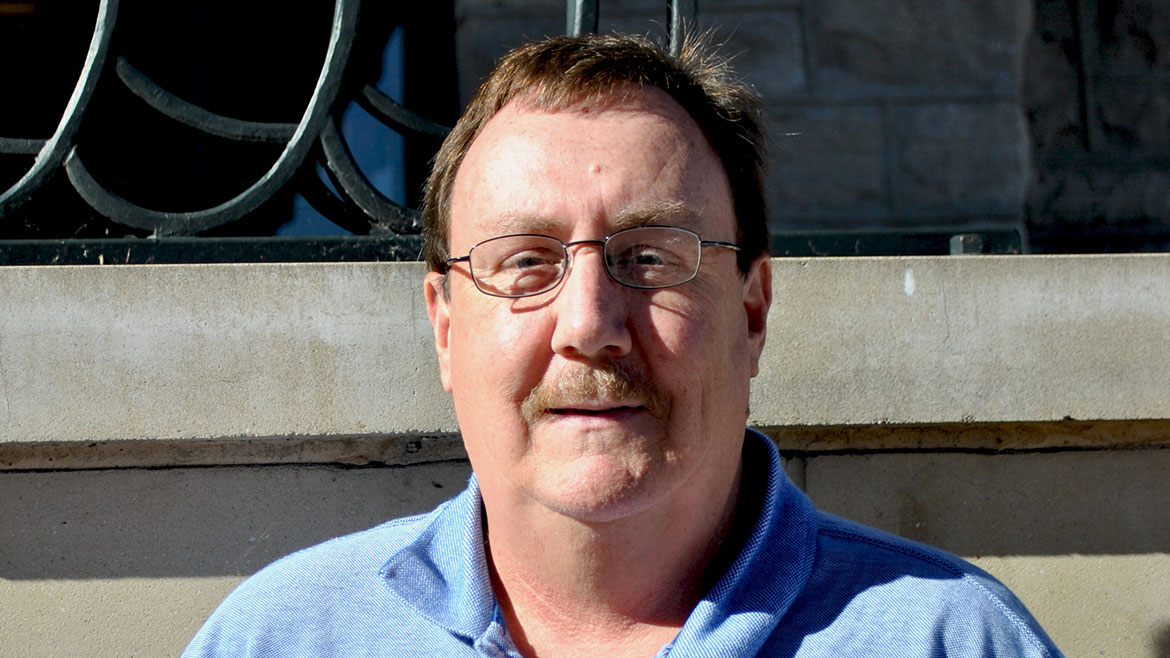Dale Lynn, COMO Connect
by COMO Staff
November 29, 2016

- What does your job entail? As transit superintendent, I am tasked with the day-to-day management of the bus service for the city. I am involved in planning as well as federal reporting and compliance.
- Are there any quirks about Columbia that make running a bus system particularly difficult? Columbia is very large geographically for the size of our population, which results in a very low population density. When we look at peer cities, we often see that they are significantly smaller geographically. This results in us having difficulties trying to reach all of the population who need public transportation.
- What areas of the city use the public transit the most? Our most used routes are those that service the city core, the black route and the gold route. These are also the routes most heavily used by students.
- How robust is Columbia’s public transit compared to other comparable cities? Our system is not very robust, primarily due to funding. While the city and federal governments provide adequate funding, the primary issue is state funding. This year, we will receive about $47,000 from the state. That equates to less than a single hour of service for our system. For a comparison, Missouri spends about $0.56 per capita on public transportation, while Kansas spends $3.79 per capita. It’s not acceptable for Kansas to beat us at anything.
- What are some personal benefits someone could see by using public transit? A person that utilizes public transportation will experience the benefits of fuel savings, increased physical activity, and a reduction in traffic congestion. Every dollar spent on bus fare is helping the system expand and improve.
- This year, Columbia became the first transit system in Missouri to use a 100 percent electric bus. What’s the latest news on future electric buses? We expect delivery of eight additional battery electric buses in the next two months. We have also been awarded a federal Low Emission or No Emission grant that will allow for the purchase of three additional buses in 2017.
- How has COMO Connect dealt with Columbia’s changing student housing landscape? It has been difficult with limited resources, since the vast majority of these housing complexes have been built miles from campus. As more housing is built closer to campus, we anticipate a significant change in student trips.
- What do you most want the public to know about COMO Connect? That we need their support and input as we plan for the future. Please let us know what you want the future of public transportation to look like.
- What has been the biggest challenge for COMO Connect since reconfiguring the bus routes in 2014? The biggest challenge is helping the public adjust to the changes. We understand that adjustment takes time, but we have made and will continue to make changes to improve the system for Columbia.
- COMO Connect has been using a consultant, Olsson Associates, to evaluate the city’s bus system. What recommendations is Olsson making? We are currently in the visioning phase of the project and expect recommendation alternatives in March or April of 2017.
- If you could have three wishes granted for COMO Connect, what would they be? Funding, funding, and funding. More funding means more opportunities to meet the demand of current and future Columbia transit riders.


